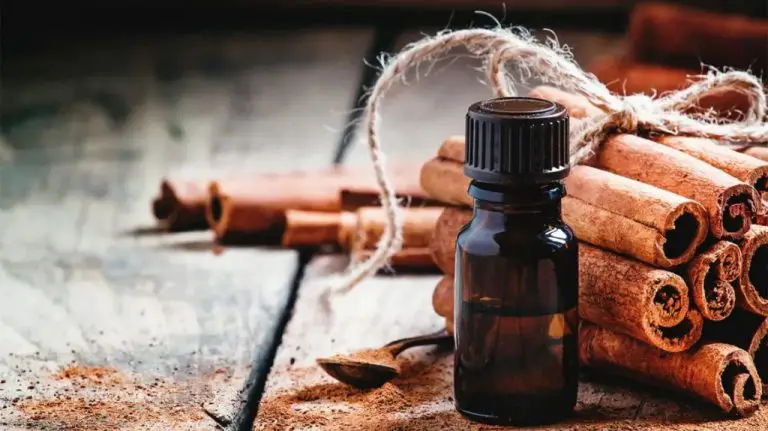What Makes Dove Soap Smell So Good?
The iconic scent of Dove soap is one of its most distinguishing and memorable features. That clean, fresh fragrance is immediately recognizable and has become associated with beauty, pampering, and care over decades of skincare product innovation. But have you ever wondered exactly what makes Dove soap smell so good?
This article will explore the signature scents, natural ingredients, fragrance creation process, and scent research behind Dove’s distinctive fragrance profile. We’ll take a deep dive into how consistency in fragrance has been maintained over time, look at the different fragrance varieties available, and examine the manufacturing process for getting that beloved scent into every bar. By the end, you’ll understand the complexity behind creating Dove’s simple, yet unforgettable scents that leave you feeling refreshed and renewed.
Dove’s Signature Scents
Dove is well known for its light, floral, powdery scents that evoke freshness and cleanliness. According to Dove, their signature fragrance contains notes like violet, gardenia, and jasmine that give it a distinctly feminine aroma 1. These white floral notes create a perfume-like scent, while subtle powdery nuances give Dove soap a soft, delicate smell. Reviews often describe the fragrance as rosy, delicate, and mildly sweet like lily of the valley 2. The floral notes in Dove are well-balanced and not overpowering, making it pleasant without being too strong.
Natural Ingredients
Dove soap contains several natural oils and plant extracts that provide its signature scent. Some of the key natural ingredients that contribute fragrance notes include:
- Coconut oil – Adds a sweet, tropical scent
- Palm oil – Imparts a mild, earthy aroma
- Sunflower oil – Provides a light, floral nuance
- Cucumber extract – Gives a fresh, clean cucumber fragrance
- Aloe vera – Contributes soothing, green floral notes
In addition to scent, these natural oils and plant-based ingredients also nourish the skin. Coconut oil contains fatty acids that moisturize and soften. Aloe vera soothes and hydrates. The botanical extracts like cucumber provide vitamins and antioxidants.
By blending these types of gentle, plant-derived ingredients, Dove is able to create products that smell fresh and natural while caring for the skin (1). The natural oils and extracts complement the synthetic fragrance components to produce Dove’s signature scents.
Sources:
(1) https://www.dove.com/us/en/stories/about-dove/ingredients-we-use.html
Fragrance Creation
The creation of Dove’s signature scents starts with expert perfume designers. These specialists work to craft unique fragrance profiles that customers will enjoy. They strike a careful balance between natural ingredients like essential oils and synthetic ingredients to design distinctive scents.
Dove uses a blend of fragrance and essential oils to create its scents. Essential oils like lavender, rosemary, and vanilla provide natural fragrance from plant sources. Fragrance oils allow for more complex scents. The perfume experts experiment with different scent combinations and proportions to craft Dove’s signature smells.
Consistency Over Time
One of the key reasons Dove’s signature scent continues to resonate with consumers is its consistency over time. While allowing for seasonal fragrance varieties, Dove has kept the core scent profile largely the same since the brand’s inception in the 1950s. This familiarity with the classic Dove fragrance profile creates positive associations and brand loyalty among consumers. As noted in an article on scent branding, “Familiarity with a scent breeds favorability” (https://hbr.org/2018/04/inside-the-invisible-but-influential-world-of-scent-branding). Dove understands that keeping its signature scent consistent, while offering new takes on seasonal fragrances, strikes the right balance between reliability and novelty.
Fragrance Varieties
Dove offers a wide range of fragrance varieties to choose from. Seasonal and limited edition scents are released throughout the year, often coinciding with holidays or times of year. Some examples of seasonal fragrances Dove has offered are vanilla, almond, and shea butter.

The vanilla scent is available in the winter and often has notes of vanilla extract, tonka bean, sandalwood, and musk. It evokes feelings of warmth and comfort. The almond fragrance is a nutty, marzipan-like scent with almond essential oil and is typically launched in the spring. Shea butter is a rich, creamy fragrance with base notes of shea nut that is offered in the summer.
These special edition fragrances give customers something to look forward to and provide variety alongside Dove’s core scents. The seasonal options tap into aromas and memories people associate with certain times of year. While the signature scents like Fresh Touch remain available year-round, the changing collection of limited releases keeps the Dove fragrance offerings exciting and intriguing to loyal customers.
Scent Research
Studies have shown that scent can have a powerful effect on our mood, stress levels, and ability to form memories. The nostalgic feelings triggered by smells are due to the close connections between our sense of smell and the parts of the brain that process emotion and memory.
Scientists have identified anatomical pathways that connect the olfactory bulb directly with the amygdala and hippocampus, areas of the brain critical for processing memory and emotion. Smells are sent directly to these areas before connecting with the cortex, where other sensory information is processed.
This helps explain why smells can evoke emotional memories and feelings more quickly and vividly than our other senses. Even a brief exposure to a particular scent can bring back a flood of memories and associations from the past.
Research has also demonstrated scent’s ability to reduce stress, anxiety, and depression. Aromatherapy using essential oils has been shown to decrease cortisol levels and activate limbic regions of the brain involved in controlling emotions and motivation.
The scents we encounter every day, whether in soaps, perfumes, or our environment, have an underestimated influence on our psychological state and quality of life.
Manufacturing Process
The manufacturing process for Dove soap is meticulous, especially when it comes to adding and retaining the signature fragrances. According to
Preventing scent loss starts with storing the fragranced soap base properly after pouring and before packaging. According to
Marketing
Dove is known for its nostalgic and emotive branding that ties scent to treasured memories. Their advertisements often feature women deeply inhaling the scent of Dove soap, with taglines like “Fill your senses with nourishing care.” This connects Dove’s signature scents to the consumer’s personal memories and evokes a warm, comforting feeling.
Recent ad campaigns have also emphasized the aromatherapeutic benefits of Dove’s scents. With natural essential oil blends like Vanilla & Almond Milk, they promote the relaxing and rejuvenating effects of enjoying the soap’s fragrance. By highlighting how their scents can soothe the mind and body, Dove taps into the growing popularity of aromatherapy and holistic wellness.
Conclusion
In summary, Dove’s signature scent has endured as a beloved fragrance for decades. The brand’s body washes and beauty bars contain natural ingredients like coconut milk, shea butter, and jasmine flower extract that leave skin nourished with a light, floral scent. Dove conducts extensive consumer testing and research to develop fragrances that appeal to a broad range of women. While the specific fragrance formulations vary across Dove’s extensive product lines, they share a core DNA centered around femininity, gentleness, and care. This signature scent plays an integral role in Dove’s brand image and marketing success over the years. Though imitated by competitors, Dove’s trademark fragrance continues to resonate with consumers as one of the most recognizable and cherished in the beauty industry.




